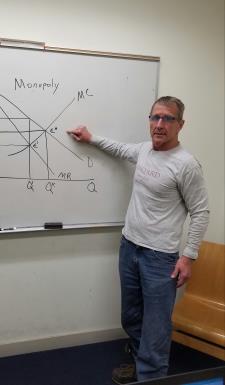
Lenny D. answered • 05/18/19
Former professor of economics at Tufts University
Your question presupposes quite a few things. There are two cardinal sins i the field. Theory without measurement and measurement without theory. With the advent of cheap computing power a lot of econometric models of the Macroeconomy were developed i the 1970's. (the Wharton Model and DRI, model created By Otto Eckstein and Martin Feldstein are good examples). In some cases these models ahd as many as 700 structural equations. If any of these equations are mis-specified then the entire model is misspecified.. In 1980 Chris Sims gave the field a severe lashing and the time series analysis of economic data took off..
In many areas economericians are trying to get more out of data than is there. In many cases we can uses econometric methods to help explain what happened. However, we are, more often than not, asked to Predict what is going to happen. The precision of our un derstanding is best near the sample means of our data!!!!! For example,, We may have a reasonably good estimate of the demand for gasoline. The income and price elasticities make sense so long as we are around our current levels of GDP/Employment and in a 2.50 - 3.50 range in Price. If Unemployment were to go to 15% and prices were to double this demand equation will probably not be much help..
I don't agree that the outside world thinks econometrics is a joke. I have made a great deal of money For Banks and Hedge fundunds employing economteric methods in portfoiio construction




